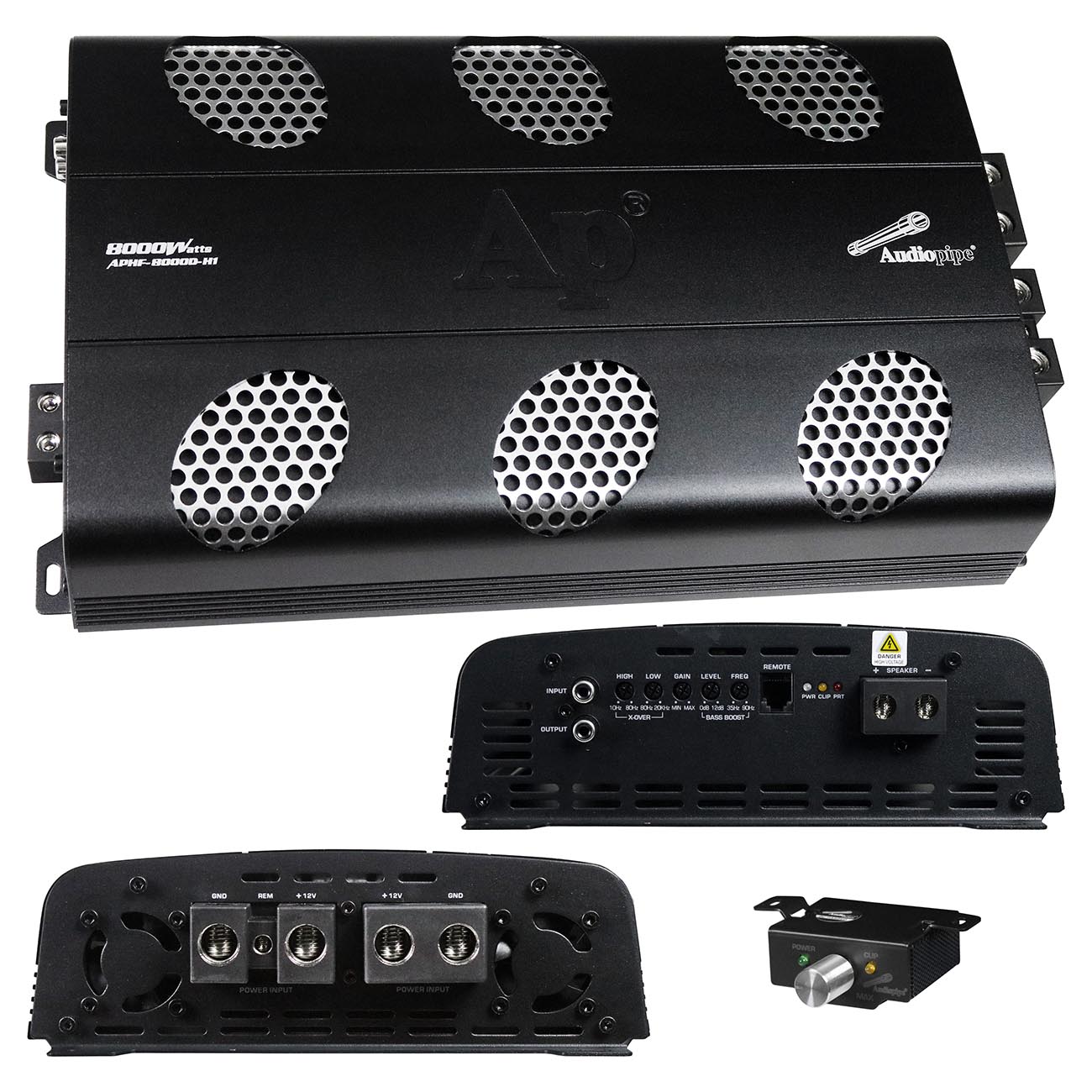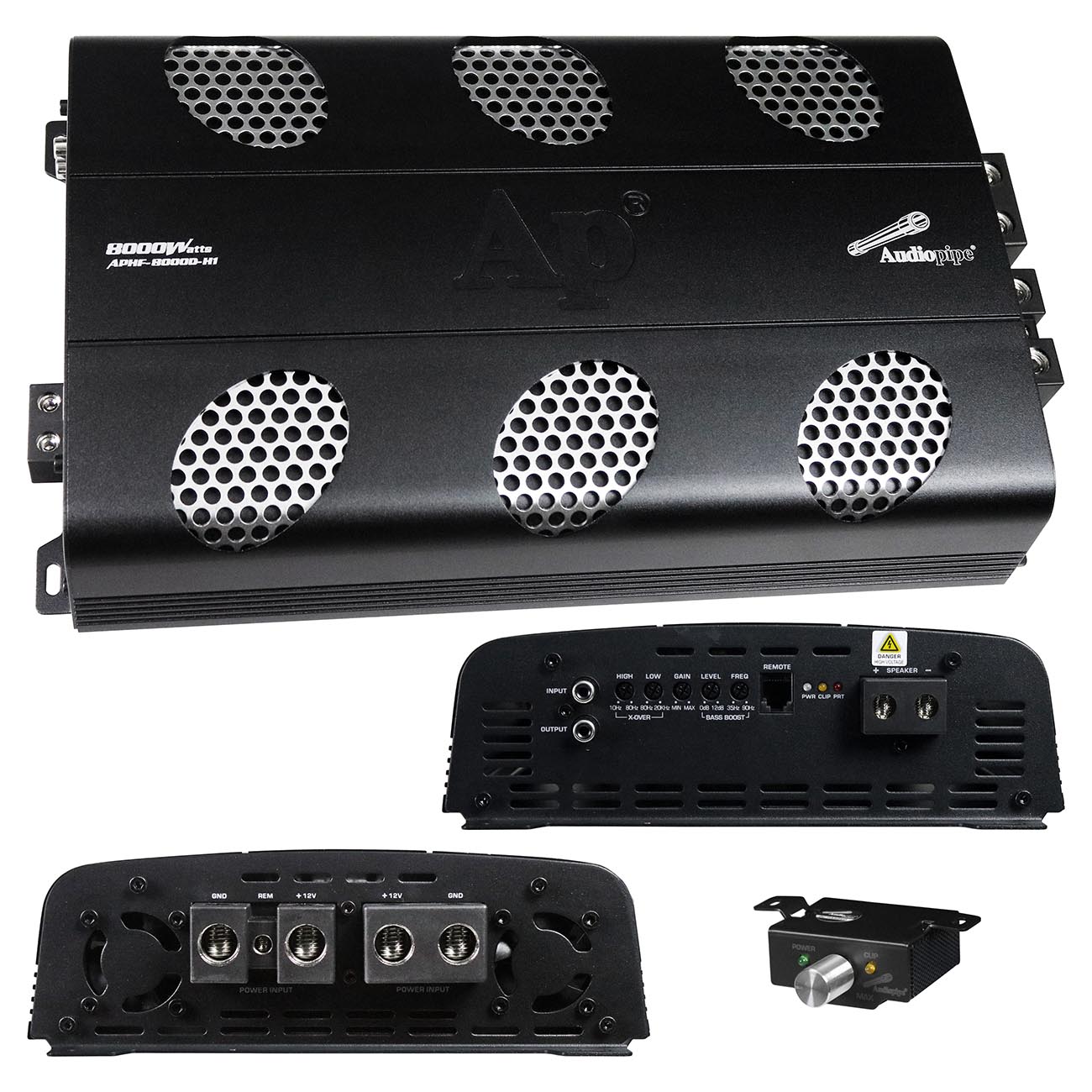Answer
Aug 23, 2024 - 08:24 AM
Class-D amplifiers are not inherently bad; in fact, they offer several advantages, particularly in specific applications like car audio systems, subwoofer amplification, and portable devices. However, like any technology, they have both strengths and potential drawbacks. Here’s a balanced look at the pros and cons of Class-D amplifiers:
Advantages of Class-D Amplifiers-
High Efficiency:
- Energy Efficiency: Class-D amplifiers are known for their high efficiency, often exceeding 90%. This means they convert more of the electrical power into audio output with less energy lost as heat. This makes them ideal for applications where power efficiency is crucial, such as in car audio systems and portable devices.
- Less Heat Production: Due to their efficiency, Class-D amplifiers generate less heat, reducing the need for large heatsinks or fans, and allowing for more compact and lightweight designs.
-
Compact Size:
- Space-Saving Design: The reduced need for extensive cooling systems allows Class-D amplifiers to be smaller and lighter than their Class-A or Class-AB counterparts. This makes them easier to install in tight spaces, such as in cars or portable audio devices.
-
High Power Output:
- Powerful Performance: Class-D amplifiers can deliver substantial power, making them particularly well-suited for driving subwoofers and other high-power applications.
-
Versatility:
- Wide Application: Modern Class-D amplifiers are used in a variety of applications, including car audio, home theater systems, professional sound reinforcement, and portable electronics. Advances in technology have significantly improved their performance across a broad frequency range, making them more suitable for full-range audio.
-
Sound Quality Concerns (Historically):
- High-Frequency Distortion: Early Class-D amplifiers were known for higher levels of distortion, particularly in the midrange and high frequencies, compared to Class-AB amplifiers. This led to the perception that Class-D amps were less suitable for high-fidelity audio applications.
- Advancements: However, advances in digital signal processing and filtering techniques have largely mitigated these issues, and many modern Class-D amplifiers now offer sound quality that is on par with or even superior to other amplifier classes in certain applications.
-
Complexity in Design:
- Switching Noise: The rapid switching process in Class-D amplifiers can introduce high-frequency noise, which needs to be carefully filtered out to avoid affecting sound quality. Poorly designed or cheaper Class-D amplifiers may have inadequate filtering, leading to potential sound quality issues.
-
Application-Specific Performance:
- Best for Subwoofers: Class-D amplifiers excel in applications where power efficiency and bass performance are critical, such as in subwoofers. However, for audiophiles who prioritize full-range sound quality, particularly in the midrange and treble, a well-designed Class-AB amplifier might still be preferred.
Class-D amplifiers are not bad; in fact, they are highly efficient, versatile, and powerful, making them an excellent choice for many audio applications, particularly where space, efficiency, and power are key concerns. While they historically had a reputation for lower sound quality, modern advancements have significantly improved their performance, making them a strong option even for full-range audio systems. The decision to use a Class-D amplifier should be based on the specific requirements of your audio setup and your priorities regarding sound quality, power efficiency, and size.





Add New Comment